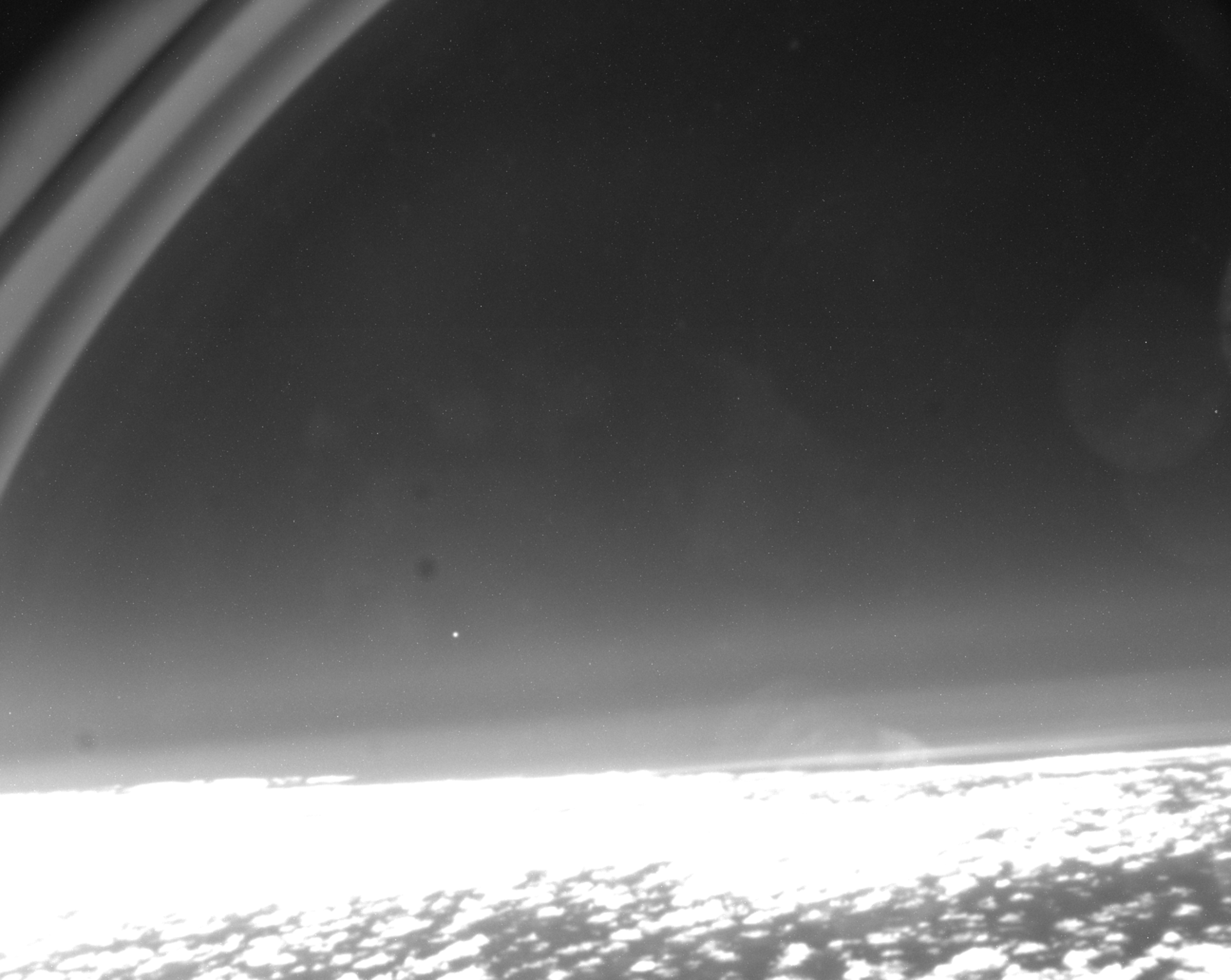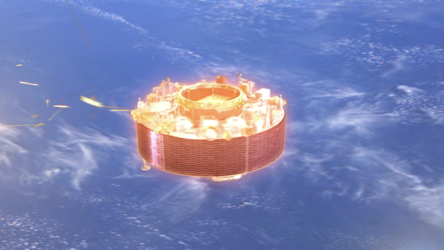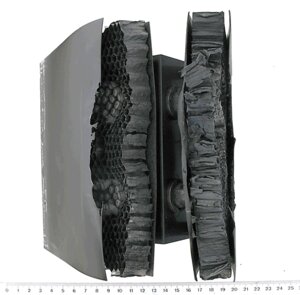Accept all cookies Accept only essential cookies See our Cookie Notice

About ESA
The European Space Agency (ESA) is Europe’s gateway to space. Its mission is to shape the development of Europe’s space capability and ensure that investment in space continues to deliver benefits to the citizens of Europe and the world.
Highlights
ESA - United space in Europe
This is ESA ESA facts Member States & Cooperating States Funding Director General Top management For Member State Delegations European vision European Space Policy ESA & EU Responsibility & Sustainability Annual Report Calendar of meetings Corporate newsEstablishments & sites
ESA Headquarters ESA ESTEC ESA ESOC ESA ESRIN ESA EAC ESA ESAC Europe's Spaceport ESA ESEC ESA ECSAT Brussels Office Washington OfficeWorking with ESA
Business with ESA ESA Commercialisation Gateway Law at ESA Careers Cyber resilience at ESA IT at ESA Newsroom Partnerships Merchandising Licence Education Open Space Innovation Platform Integrity and Reporting Administrative Tribunal Health and SafetyMore about ESA
History ESA Historical Archives Exhibitions Publications Art & Culture ESA Merchandise Kids Diversity ESA Brand Centre ESA ChampionsLatest
Space in Member States
Find out more about space activities in our 23 Member States, and understand how ESA works together with their national agencies, institutions and organisations.
Science & Exploration
Exploring our Solar System and unlocking the secrets of the Universe
Go to topicAstronauts
Missions
Juice Euclid Webb Solar Orbiter BepiColombo Gaia ExoMars Cheops Exoplanet missions More missionsActivities
International Space Station Orion service module Gateway Concordia Caves & Pangaea BenefitsLatest
Space Safety
Protecting life and infrastructure on Earth and in orbit
Go to topicAsteroids
Asteroids and Planetary Defence Asteroid danger explained Flyeye telescope: asteroid detection Hera mission: asteroid deflection Near-Earth Object Coordination CentreSpace junk
About space debris Space debris by the numbers Space Environment Report In space refuelling, refurbishing and removingSafety from space
Clean Space ecodesign Zero Debris Technologies Space for Earth Supporting Sustainable DevelopmentLatest
Applications
Using space to benefit citizens and meet future challenges on Earth
Go to topicObserving the Earth
Observing the Earth Future EO Copernicus Meteorology Space for our climate Satellite missionsCommercialisation
ESA Commercialisation Gateway Open Space Innovation Platform Business Incubation ESA Space SolutionsLatest
Enabling & Support
Making space accessible and developing the technologies for the future
Go to topicBuilding missions
Space Engineering and Technology Test centre Laboratories Concurrent Design Facility Preparing for the future Shaping the Future Discovery and Preparation Advanced Concepts TeamSpace transportation
Space Transportation Ariane Vega Space Rider Future space transportation Boost! Europe's Spaceport Launches from Europe's Spaceport from 2012Latest

Cluster satellite reenters Earth's atmosphere
Thank you for liking
You have already liked this page, you can only like it once!
The first recorded observation of a satellite reentry from a high-speed orbit, taken from a plane in bright daylight!
At 20:47 CEST on 8 September 2024, the first of four Cluster satellites (this one affectionately known as 'Salsa') returned home, burning up in Earth’s atmosphere in an uncontrolled ‘targeted reentry’ over a remote area of the South Pacific Ocean.
Throughout history, so far about 10 000 intact satellites and rocket bodies have reentered the atmosphere. Yet we still lack a clear view on what actually happens during a reentry.
Together with partners at Astros Solutions, ESA sent a plane to observe Salsa’s reentry live from the sky to observe a satellite class and reentry conditions which have never been accessible before. The plane successfully witnessed the reentry of Salsa, collecting rare data on how and when a satellite breaks up. This information will be used to make satellite reentries safer and more sustainable in the future.
The ROSIE-Salsa observation mission is a joint effort, with academic partners from University of Stuttgart (IRS/HEFDiG), Comenius University in Bratislava (CUB), the University of Southern Queensland (UniSQ) and industrial partners from Hypersonic Technology Göttingen (HTG) and Astros Solutions in close cooperation with the European Space Agency (ESA).
[Image description: A black-and-white image showing Earth's surface at the bottom and a bright dot in the distance above Earth's surface. At the top left of the image are three curved lines.]
-
CREDIT
ESA/ROSIE/University of Southern Queensland -
ACKNOWLEDGEMENTS
Image taken by Ranjith Ravichandran and Gerard Armstrong -
LICENCE
ESA Standard Licence

Cluster's Salsa reentry

Cluster’s Salsa satellite primed to reenter and break up

Cluster satellite reentering Earth's atmosphere

Cluster reentry ground track















 Germany
Germany
 Austria
Austria
 Belgium
Belgium
 Denmark
Denmark
 Spain
Spain
 Estonia
Estonia
 Finland
Finland
 France
France
 Greece
Greece
 Hungary
Hungary
 Ireland
Ireland
 Italy
Italy
 Luxembourg
Luxembourg
 Norway
Norway
 The Netherlands
The Netherlands
 Poland
Poland
 Portugal
Portugal
 Czechia
Czechia
 Romania
Romania
 United Kingdom
United Kingdom
 Slovenia
Slovenia
 Sweden
Sweden
 Switzerland
Switzerland
























